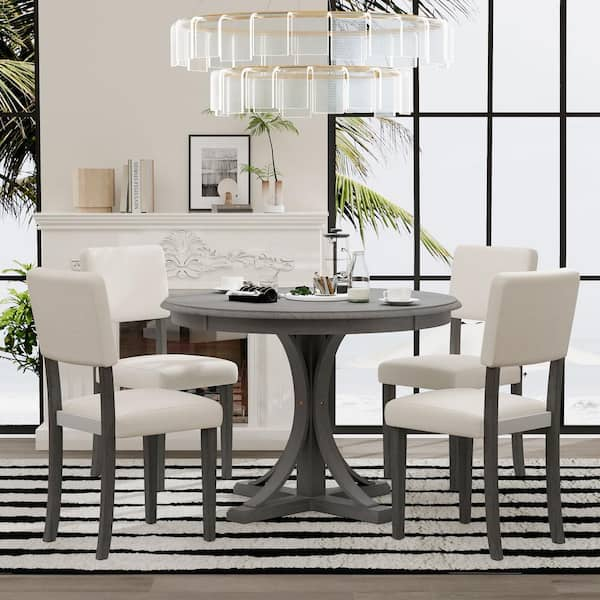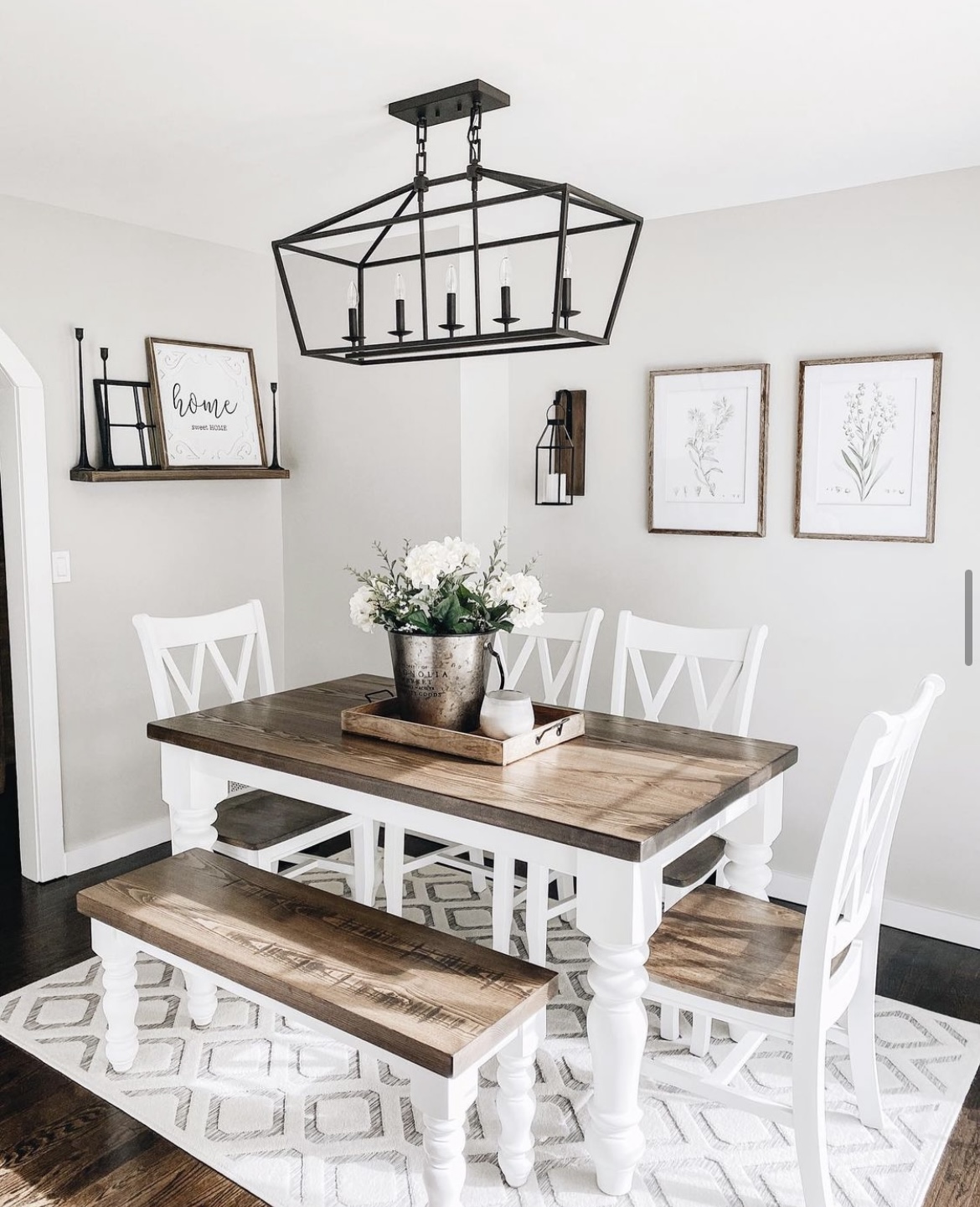Dining Room Table Legs: A Guide to Selecting the Right Style for Your Home
Dining Room Table Legs: A Guide to Selecting the Right Style for Your Home
Blog Article
Specialist Tips for Installing Dining-room Table Legs for Optimum Stability
When it pertains to installing eating room table legs, achieving optimum stability is vital for both capability and aesthetic appeals. The process begins with selecting the appropriate products and hardware, complied with by careful placement and consideration of weight circulation. Each step plays a crucial role in guaranteeing that the ended up item withstands day-to-day usage without endangering security or design integrity. Recognizing the subtleties of these aspects can dramatically influence the total result. What particular strategies can improve security even further?
Select the Right Legs
When choosing the suitable legs for your eating space table, it is vital to take into consideration both functionality and appearances. The legs you pick will dramatically influence the general layout and security of the table. Review the table's meant use; if you expect regular events, tougher legs, such as those made from solid wood or metal, may be a lot more ideal, as they offer increased durability and support.
Basic dining tables generally range from 28 to 30 inches in height, so ensure the legs straighten with this requirement for convenience. Conical legs can include a modern touch, while transformed legs might share a more traditional visual.

Select Appropriate Hardware
Just how can the best equipment enhance the stability and longevity of your dining-room table? The selection of suitable hardware is critical to ensuring that the legs of your table are firmly affixed and able to stand up to routine usage. High-quality screws, bolts, and braces offer the needed strength to support the weight of the table, in addition to any added lots positioned upon it throughout meals or celebrations.
When selecting screws, go with those made from resilient materials such as stainless-steel or brass, which stand up to rust and keep integrity with time. The length of the screws is similarly important; they should penetrate deeply into the table's structure without endangering integrity. For bolted connections, think about using lock washers to stop loosening up due to vibration or motion.
In addition, using edge braces can include additional assistance, particularly for larger tables or those with heavier tops. These brackets disperse weight equally and aid maintain the table's form. Ensuring that the equipment you choose is appropriate for the certain materials of your table will certainly even more enhance its overall stability and long life, allowing you to appreciate your dining experience for many years to come.
Ensure Proper Alignment
Correct positioning of eating area table legs is crucial for both visual charm and useful security. Misaligned legs can bring about an unequal tabletop, which might not just be aesthetically unappealing yet additionally jeopardize the table's usability. To attain optimal positioning, start by measuring the distance from the table's edges to the leg add-on factors. This ensures that each leg is positioned equidistant from the sides, producing a well balanced appearance.
Utilize a level during setup to confirm that each leg is vertical to the tabletop. It is suggested to mark the preferred leg positions on the underside of the table with a pencil or covering up tape before securing them.
Moreover, double-check the placement after the initial screws are tightened up, as adjustments might be essential before fully protecting the hardware. By focusing on proper positioning, you not only improve the table's overall style yet additionally guarantee that it continues to be useful and secure for years to come.

Take Into Consideration Weight Distribution
After guaranteeing appropriate alignment of the eating room table legs, it is very important to take into consideration weight circulation to improve stability and functionality. dining room table legs. Proper weight distribution is important in avoiding wobbling and making certain that the table can support its intended Web Site lots without danger of tipping or collapsing
When placing the legs, ensure they are positioned at equal ranges from the facility of the table to evenly disperse the weight across the framework. Think about the weight of the tabletop and any products that will frequently relax on it, such as tabletop devices or decorative items. Tables with heavier surface areas ought to preferably have legs positioned closer to the edges, as this makes best use of the base of assistance and reduces the threat of instability.
Furthermore, if the table is meant for usage in a high-traffic area, take into consideration using heavier products for the legs or adding supporting elements, such as cross-bracing or a lower shelf - dining room table legs. These changes can help preserve balance and avoid shifting during usage. Inevitably, a well-considered weight distribution approach will significantly improve the table's general performance, guaranteeing it remains a eye-catching and functional centerpiece for your eating room
Test Stability Prior To Usage
Examining the stability of the dining-room table prior to use is a vital action that ought to not be ignored. Making sure that the table is stable and protected can stop mishaps and lengthen the lifespan of the furniture. Begin by applying mild pressure to various points on the table surface. Push down on the center and afterwards along the sides, observing any wobbling or shifting. If the table shows instability, determine the legs or joints that may need change.
Next, check that all bolts and screws are tightened up correctly. Loosened connections can cause instability and potential damages in time. If needed, use wood adhesive on joints to enhance security, making certain to allow adequate drying out time.

Verdict
Finally, the setup of dining-room table legs requires careful consideration of materials, equipment, weight, and positioning distribution to achieve maximum security. By choosing top quality fasteners and sturdy legs, guaranteeing exact positioning, and distributing weight uniformly, the structural stability of the table can be substantially boosted. Carrying out a security test prior to normal use further guarantees that the table will stand up to day-to-day stress, thus giving a trustworthy and secure eating experience.
When it comes to mounting eating area table legs, attaining optimum stability is critical for both performance and appearances. The legs you choose will considerably affect the general style and security of the table (dining room table legs). Common eating tables commonly vary from 28 to 30 inches in elevation, so make certain the legs straighten with this standard for convenience.Correct positioning of dining room table legs is vital for both aesthetic appeal and functional security.In conclusion, the setup of dining room table legs calls for mindful factor to consider of materials, see hardware, positioning, and weight distribution to achieve maximum stability
Report this page